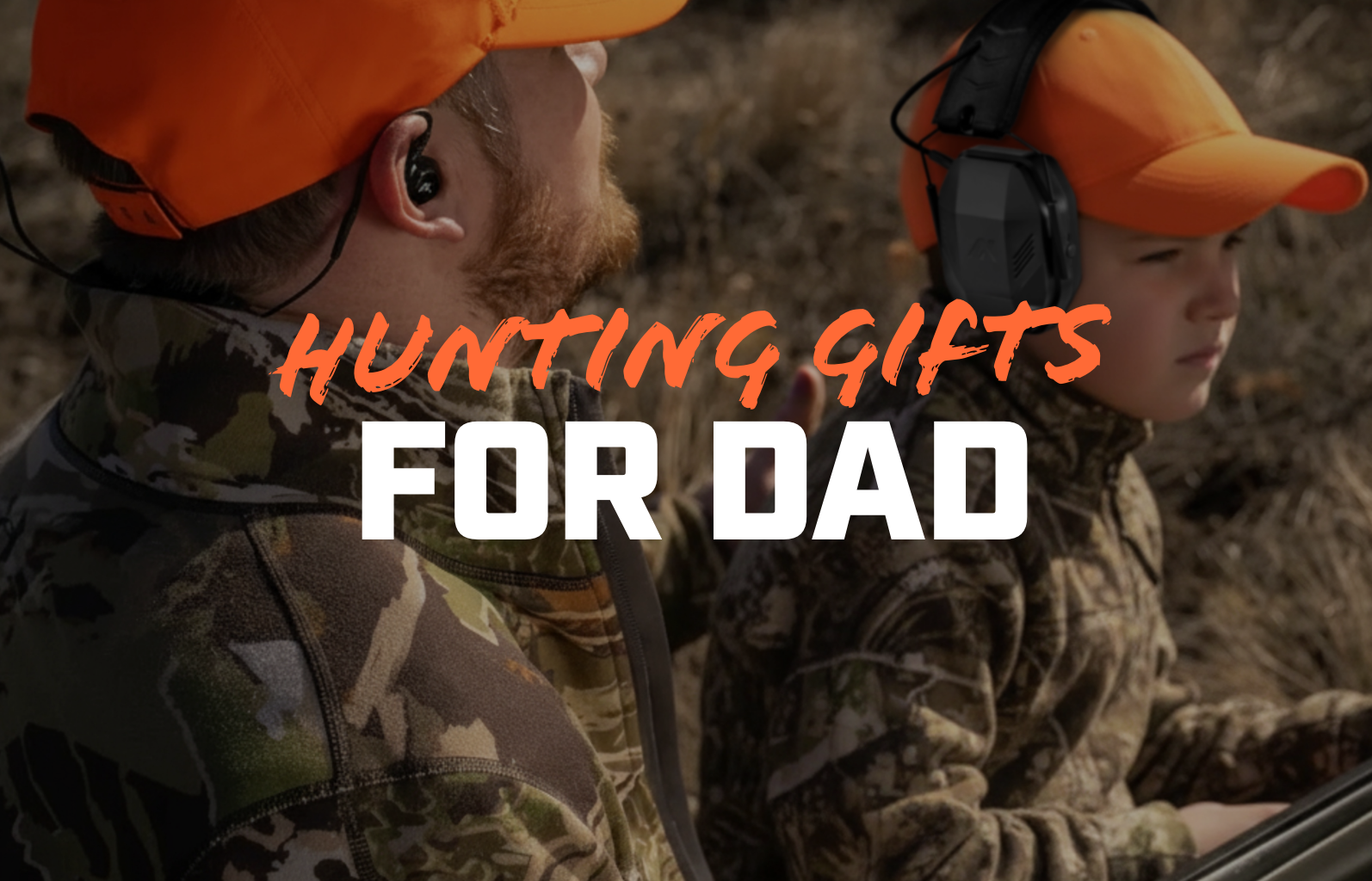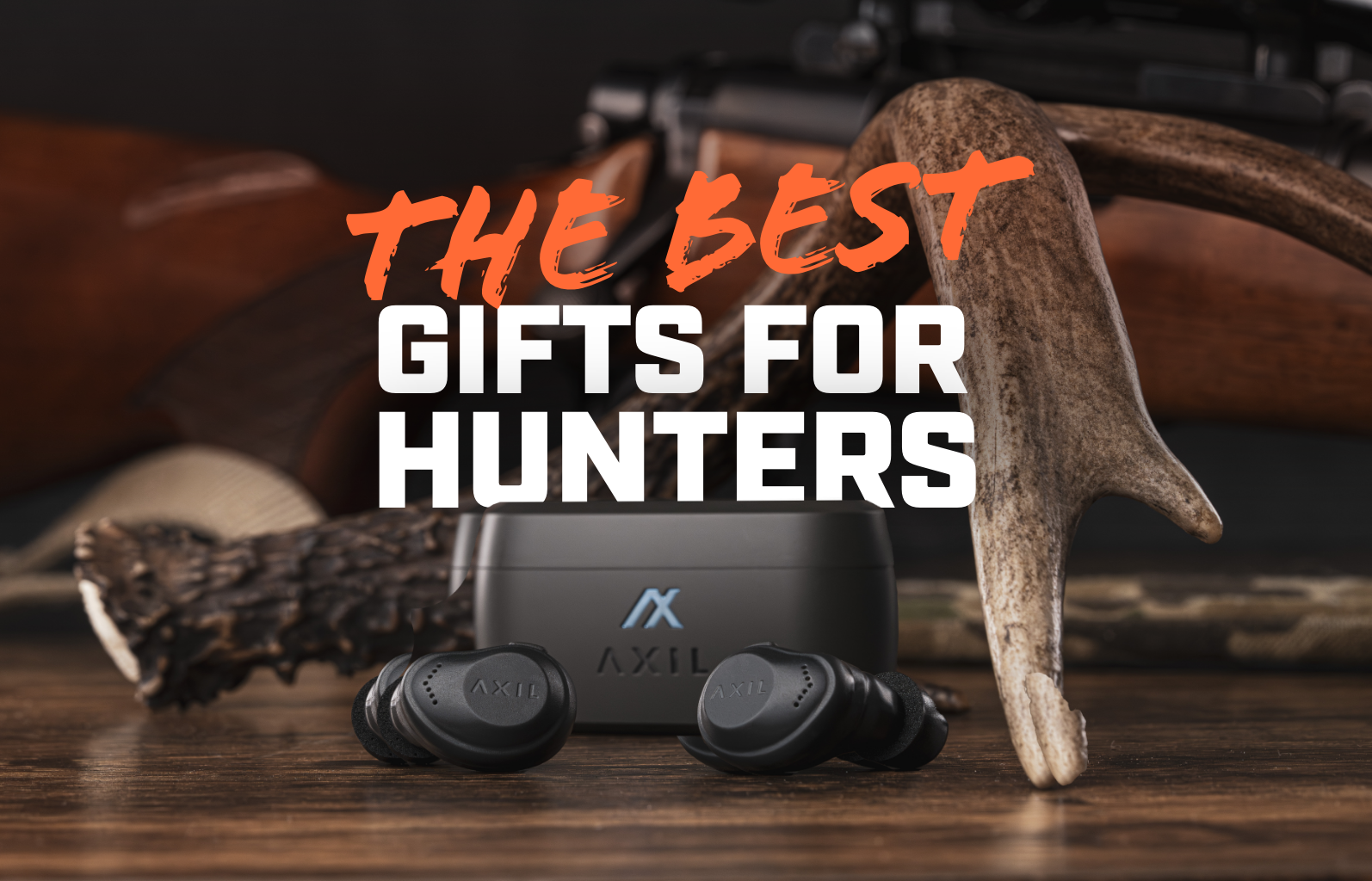Below, in no particular order are common slang and/or industry terms used in gun stores and ranges every day. Use this list as a helpful guide to shopping for guns or learning about firearms.
Handgun
Legally any gun with a barrel less than 16 inches. However, for practical purposes, it is a general term that refers to a firearm that isn’t shouldered, where only one hand or both are used. Typically, two to seven inches for the barrel and shoots a large-sized but slow-moving projectile. Includes revolvers and automatic pistols.
Semi-automatic
A relatively new term that has come to mean any firing system of a firearm that launches a single projectile every time the trigger is engaged and reloads itself without having to be manually cycled by the shooter.
Firing pin
A small nail or pointed rod-type metal piece inside of the firearm that engages the primer of the cartridge, igniting and expanding the powder (propellant) and converting it into hot gas which creates the pressure that launches the bullet/projectile through the barrel and out of the muzzle.
Bolt-action
Refers to a firing system that must be manually cycled by the shooter for each shot. For instance, a bolt-action rifle where cycling/engaging the bolt loads a round into the chamber to be shot. When shot, pulling back the bolt manually ejects the spent casing, and pushing the bolt forward loads a new round into the chamber. In most cases, this system is used in long-range rifles.
Black powder
Firearms still in use today utilize black gunpowder, flintlock, or percussion caps to launch projectiles. Even though it is an outdated mechanical system, black powder guns are still manufactured and prevalent in many shooting sports and hunting.
Eject
General term that refers to ejecting a spent casing from a cartridge that was fired, or even manually ejecting a live round, depending on the situation. Firearms can eject differently, for example, bolt-action or semi-automatic.
Double action
Refers to the actions of the trigger mechanism. For instance, the trigger, when engaged, has two actions or a double action. This usually means that when the trigger is engaged, it brings back the hammer or striker and also releases it to hit the firing pin which in turn hits the primer of the cartridge. Typically, it is a longer pull trigger and applies to handguns.
Machine gun
Partially a slang term in modern times used to describe any fully automatic firearm. This means the trigger can be held down and the gun will continue to cycle and fire a burst of bullets or until out of ammunition. However, it’s a term that is usually about a specific military type of firearm with a fully automatic, high rate of fire, and large ammo capacity—used on the battlefield on vehicles or light versions that can be carried by infantry.
Reloading
Refers to manually replacing ammo or the source of ammo for a firearm. For instance, dropping an empty or partially used detachable box magazine and replacing it with a “fresh” or fully loaded one. It can also mean manually reloading cartridges, which is to say collecting and purchasing individual cartridge components and assembling them to shoot them, versus using factory-manufactured ammo.
Breech
Generally a space at the back of the barrel where the cartridges are inserted manually, or via a magazine. The opposite of the muzzle which is where the projectile launches out of.
Pump Action
Another type of firing system is where reloading is done manually with a “pumping” system beneath the barrel. After taking a shot, the user will pump the gripped action, ejecting the spent casing and reloading a fresh one. This usually applies to shotguns.
Rimfire
This applies to usually small caliber cartridges where the primer is part of the casing. Because of this, a firing pin can be much lighter weight and not need as much force to ignite the primer. The .22LR is the most common example of a rimfire cartridge.
Propellant
The correct and technical term for “powder”. Meaning the substance that ignites and is converted into gas creating the pressure necessary to launch the bullet (projectile) out of the muzzle of the barrel.
Lever Action
Another type of firing system that utilizes a lever to cycle. The lever chambers fresh rounds and ejects spent casings. Similar to a pump action, except instead of back and forth, the movement is usually down and up. Despite being considered an older system, lever guns remain popular amongst hunters and competition shooters.
Hollow Point
A bullet (projectile) that has a hollowed-out tip. Designed for expansion when hitting soft targets versus penetration. Generally referred to as JHP (jacketed hollow point). Used primarily by law enforcement and the personal defense market.
Suppressor
A gun muffler that looks like a tube and attaches to the muzzle of a firearm. Designed to redirect the gas that comes out of the muzzle to change or decrease the loudness of the report. Primarily used to minimize potential hearing damage, but does have tactical applications as well. Requires a special government-issued stamp to own.
Silencer
Slang term for a suppressor. (See Suppressor).
Ballistics
The science or mechanics behind projectiles. Including flight and trajectory as well as distance, velocity, impact, and damage.
Single Action
A trigger that only does one job. Usually consists of releasing the hammer to engage the firing pin. Very lightweight when compared to double action. In revolvers referred to as “Cowboy Action”. A good example of a single-action pistol would be the class 1911.
Smokeless Powder
Modern propellant produces less smoke and fouling than traditional “gun powder”. Despite being referred to as “smokeless” it still produces some smoke.
Semi-Automatic Pistol
(See semi-automatic) A handgun (revolver included) that shoots one round each time the trigger is pressed.
Single Shot
Often referred to as a “break action”. A type of action where a round is manually inserted into the chamber via the rear breech to be able to shoot one round at a time. Not as popular as other actions but still widely available on the firearms market.
Gun Barrel
More or less the tube that launches the projectile. Modern barrels are rifled and cause the bullet to spiral, improving accuracy and velocity.
Automatic Firearm
Technically refers to firearms that “automatically” reload after each shot, however has come to mean “fully automatic”, where the firearm will continue to shoot until out of ammunition or the trigger is released.
Self-Loading
(See Automatic).
Striker
An internal and hammerless firing system made popular by the Glock pistol. Usually double action and popular for their simplicity. Easily the most popular type of firearm amongst the law enforcement community.
Ammo
The industry term for ammunition. Cartridges, shells, rounds, or bullets. Simply put, what is loaded into the chamber, tube, or magazine and used to shoot.
Ejector
A part of the gun near the chamber ensures spent casings get ejected out to make way for the next round.
ACP
Automatic Colt Pistol. Refers to any of the cartridges designed by Samuel Colt for use in magazine-fed firearms versus revolvers, the most popular being the .45 ACP which was used in the M1911 Government handgun.
Automatic Colt Pistol
(See ACP)
Round of ammunition
Industry term meaning a single cartridge. Often mistakenly referred to as a “bullet” which is only one part of the round or cartridge. The parts that make up a single round are the bullet (the projectile), powder (propellant), primer (mini explosive that ignites the powder), and the casing which holds all of the components together.
Rifled Barrel
Spiral etching on the inside of the barrel is used to cause the projectile to spiral, increasing accuracy and velocity.
Spiral Grooves
(See Rifled Barrel)
End of the Barrel
Usually referred to as the muzzle, is the opening at the front of the barrel that the bullet shoots out of. Also referred to as “the business end of the barrel” in slang.
Extractor
In breech-loaded firearms (loaded from the rear) a mechanical component that manually extracts spent casings after firing.
Magnum
An improved version of a standard cartridge that usually uses more powder causing the bullet to go faster and cause greater damage. (Example: .44 Remington versus .44 Magnum)
Constriction
An older term usually refers to shotgun chokes. Adjusting the barrel can alter the pattern of shot for closer or farther targets and or different prey for hunters. This is usually a component that changes the barrel called a choke.
Cartridge Case
The metallic (usually brass) tube holds all of the components of the cartridge (case, primer, powder, bullet) together.
Trigger Guard
A mandatory component on all firearms that covers the trigger and keeps it from being unintentionally engaged. Is usually part of the frame or lower receiver.
Firearm’s Barrel
The steel tube that launches the bullet. The size can vary greatly based on the type of firearm and caliber.
Shotgun barrel
(See firearm’s barrel)
Centerfire
The most common type of modern ammunition. Any type of ammo where the primer is visible and is a separate component from the casing.
Buckshot
A large size of coarse lead shot is used primarily for hunting in shotgun shells.
Autoloading
An action that reloads the chamber using a tube or magazine automatically without the user having to pump or engage a lever. Most common design in modern firearms.
Assault Rifle
Slang/media/political term contrived and made up to describe any rifle with tactical features. For instance a rifle with a detachable box magazine, or adjustable butt stock. Only a technical term if referring specifically to rifles used in the military with select fire (fully automatic) capabilities. Not sold to the general public and requires a special government-issued stamp to own.
Pistol Grip
A vertical handle for grabbing and holding the gun is usually added to long guns for improved ergonomics and ease of use.
Carbine
A rifle or long gun with a shorter barrel. Designed to be easier to carry and optimal for closer combat. 16 inches is the minimum barrel length to be considered a rifle or long gun by the federal government in the United States. The AR-15 or AK-47 are popular examples of a carbine.
Pull of the Trigger
Refers to using a finger to engage the trigger, more of a slang term, however is widely used in the firearms industry.
Submachine Gun
Smaller, close-quarter, rapid-fire fully-automatic tactical firearm. Not as popular as they once were with the advent of short-barrel rifles, however, still relatively common in law enforcement and the military for use by tactical, specialized units.
Fouling
Buildup of carbon residue inside of the gun that must be routinely cleaned.
Firing Mechanism
Part of the gun that is used to shoot or fire the gun. Includes the trigger and connecting components.
Select-Fire
Military firearms that have multiple adjustable settings including fully automatic or burst-fire. Heavily regulated in the United States and requires a special federal-issued stamp to own.
Accidental Discharge
Often referred to as an AD or ND (negligent discharge) refers to when someone shoots a firearm unintentionally and off of the range. Extremely dangerous occurrence and should be avoided at all costs. Learning basic firearm safety helps alleviate the risk of this happening.
Metal Jacket
Usually called “Full Metal Jacket”. It is the (usually) brass casing that covers the lead bullet. Helps with cycling through the action of the firearm when shooting and also minimizes wear.
Shotshell
Ammunition for shotguns. Are almost always made of plastic.
Type of Firearm
Usually breaks down into different three categories: Rifle, pistol, and shotgun. However, it can be much more specific. Revolver, blinker, sporting rifle, goose gun, etc… More or less the name of the type of gun for what the gun is optimized for or the name of the action.
Soft Point
Usually lead, or polymer-tipped bullets are commonly used for hunting or training. It is less penetrative than full-metal jacket ammo.
Glock
Austrian manufacturer of the world's most popular service pistol. Redefined expectations of handguns and demonstrated improved durability and simplicity. Ushered in the popularity of polymer lowers and receivers as well as striker-fired pistols. Has become somewhat of a slang term referencing any handgun.
Dry Fire
Engaging the trigger knowing there is no ammo in the gun for testing as well as training. Was potentially damaging to older firearms, however, it is now considered one of the best ways to practice and learn a firearm without the shock and startle effect of actually shooting. Can still be damaging to rim-fired firing pins.
Long Gun
A very general term. Legally refers to any firearm with a barrel 16 inches or longer. More specifically it is used to describe rifles and shotguns.
Ejection Port
The opening in the upper receiver of a semi-automatic, lever or pump action firearm that ejects spent shell casings.
Detachable Magazine
Usually referred to as detachable box magazine and describes the modern mechanical component or device that stores ammo with constant pressure from a spring. The spring will push a new cartridge into the chamber automatically when the gun is fired.
Compensator
A grill or “cage” attached to the muzzle of the firearm redirects gas helping to decrease recoil and allowing the firearm to be shot faster. However, can also increase sound level.
Bore Diameter
The measurement is across the inside of the barrel.
Firing Position
Different physical, and bodily positions of the shooter. Prone, crouched, standing, etc…
Muzzleloader
Older style firearms where the projectile is manually loaded from the front of the gun and pressed down into the chamber with a rod.
Buttstock
Usually plastic or wood, the component of a long gun that presses into the shoulder helping the shooter control the firearm better. Can also be adjustable.
Revolving Cylinder
For revolvers, the cylinder stores the ammo like a chamber and revolves as the gun is fired, lining up a new round with the barrel each time.
NRA
At one point the largest firearms lobbyist organization in the world. The oldest and most well-known firearms training and legislative action groups in America.
Iron Sights
Fixed or adjustable metal or plastic sights with no electrical or battery-powered components. Used in fundamental, traditional firearms training, versus a scope, or holographic optic.
Small Arms
General term for most if not all firearms. Covers, pistols, rifles, and shotguns.










 Accessibility
Accessibility

Share:
What are the Best Ear Plugs – 2019
10 Tips for Your First Time At a Shooting Range